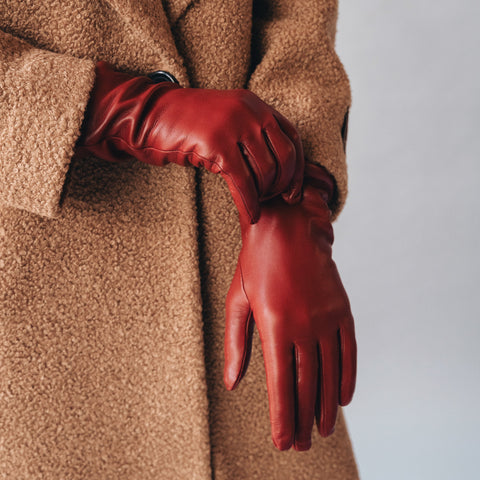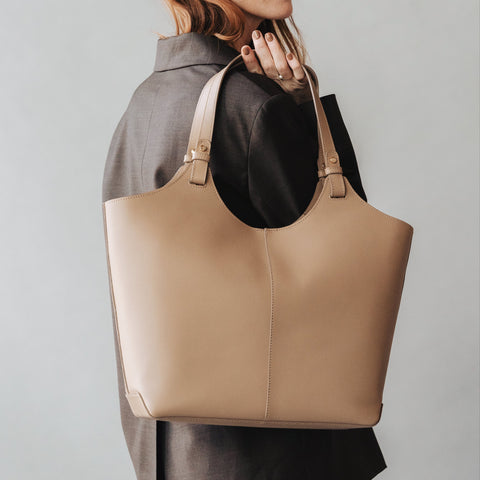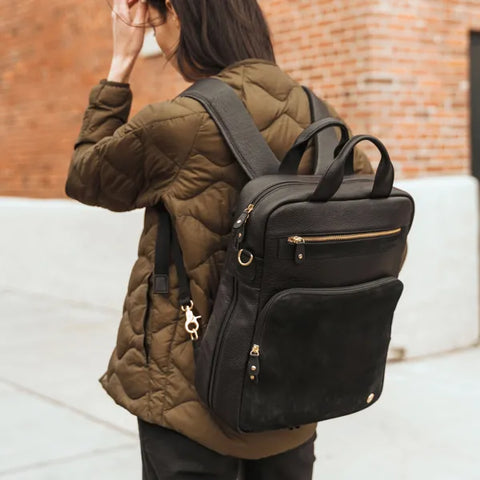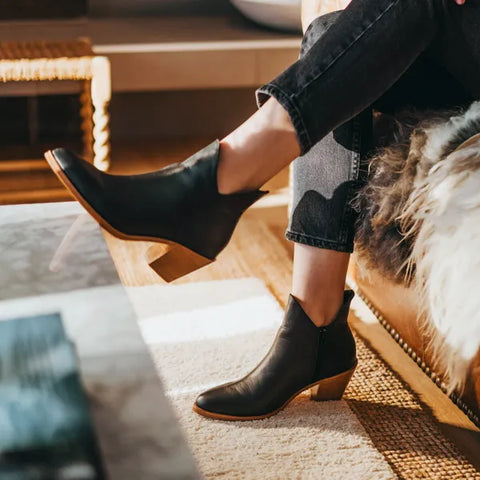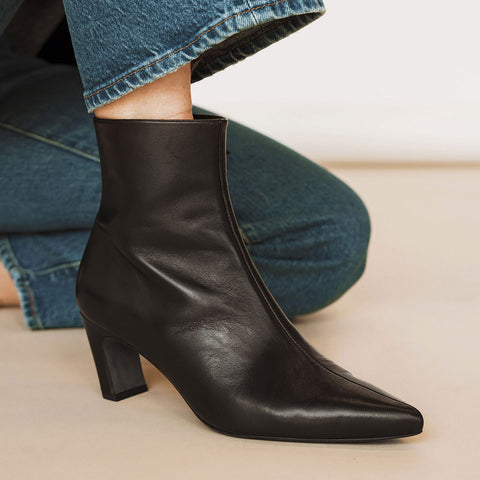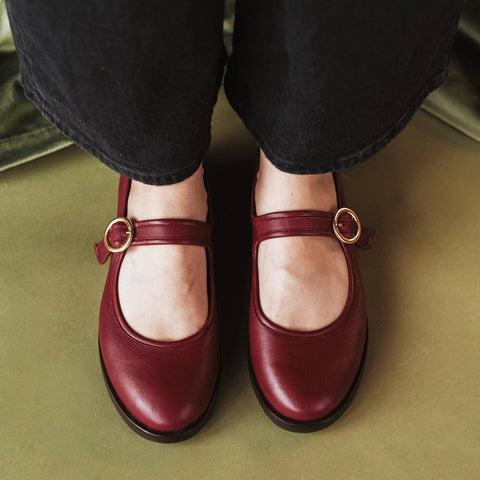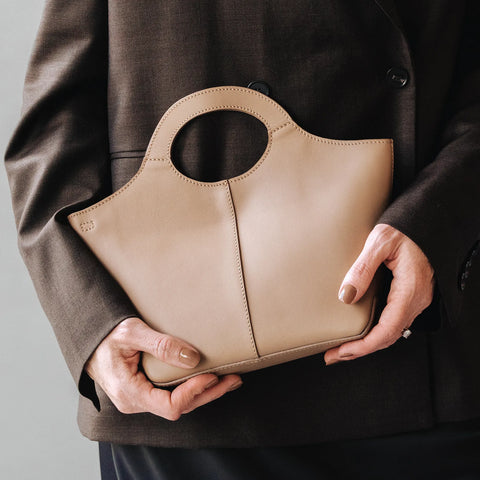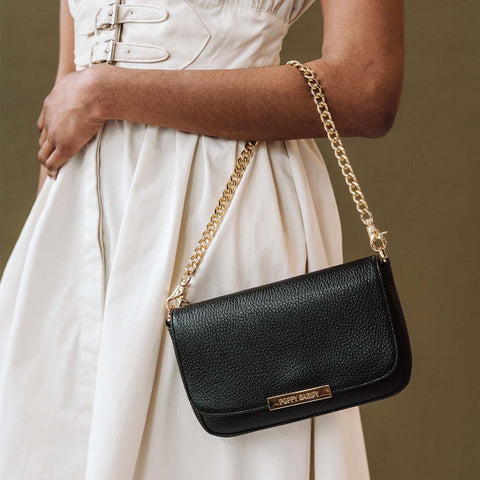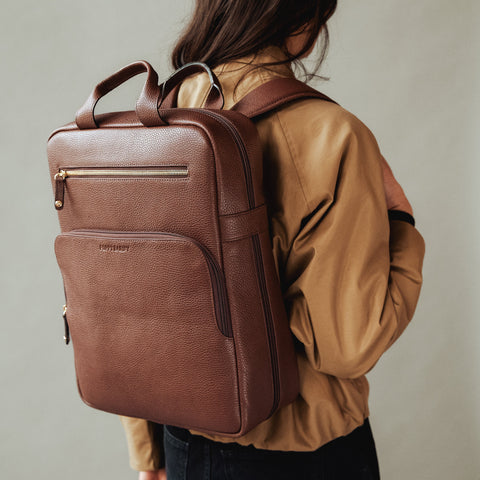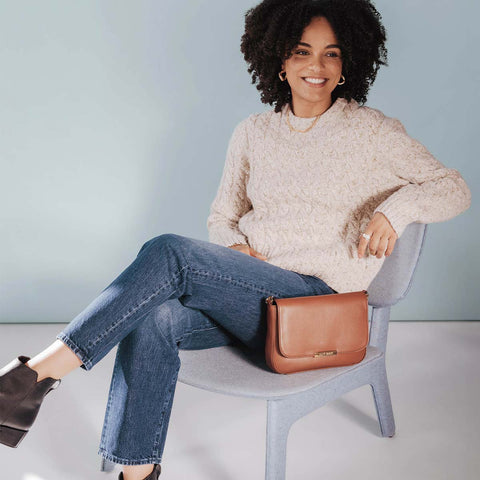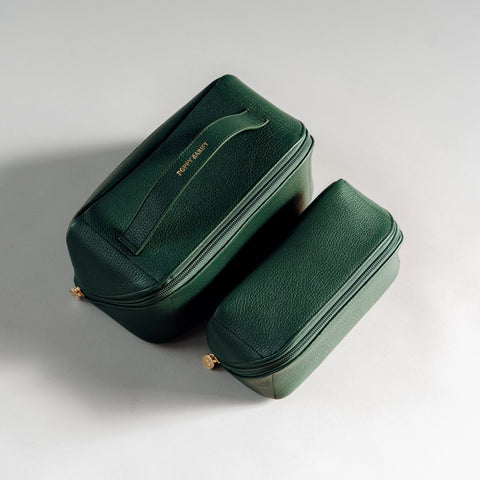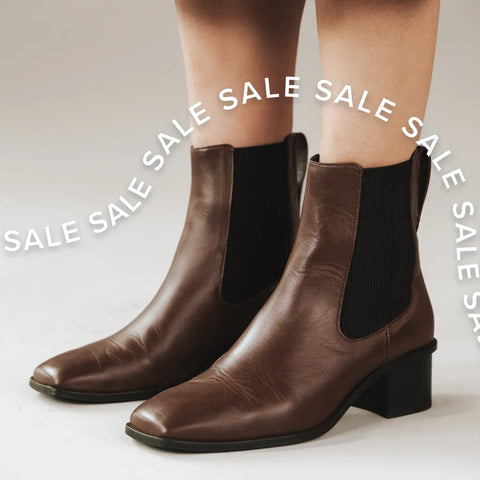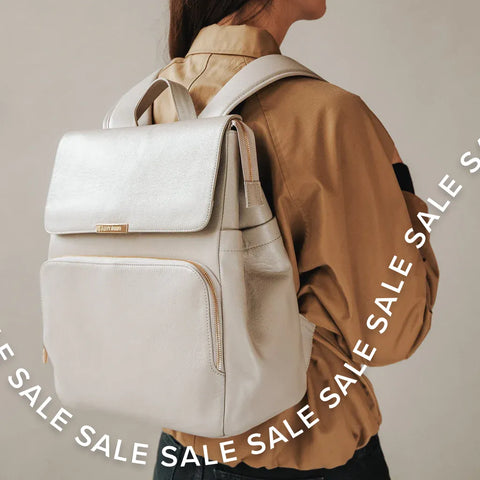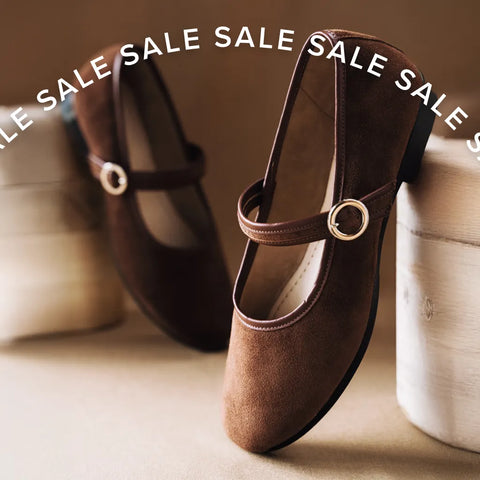It’s been said before that every revolution was first a thought in one (wo)man’s mind, but we believe that it takes a village to change the world.
For Fashion Revolution Week, we have chosen to partner with like-minded companies, brands, and individuals who are working hard to create a more equitable and green fashion industry. These four women are small business owners, designers, and entrepreneurs intent on providing information and access to sustainable and ethical fashion to the masses. The face of eco-friendly, socially-conscious apparel has changed in recent years. Designs are sleeker and more fashion-forward, and the growth and reach that social media affords to these brands means more and more people are hearing this message each and everyday.
We asked our Fashion Revolution Week partners a few questions about why they have chosen to embark on this ethical fashion journey, what needs to change in the industry, and their hopes for the future.
Brandy Mercredi - Founder, FRANC

About FRANC
FRANC ethically crafts stylish basics in Canada. Thoughtfully designed, their basics are intended to complement your personal style rather than dictate. They feature versatile basics that seamlessly fit into your current wardrobe for endless options. They focus on great fit, quality fabrics, and timeless styles that work for you and your everyday life.
Why did you choose to be involved in FRW this year?
We love the FRW movement, and it honestly just felt like a no-brainer to be a part of. We make all our clothes ethically in Toronto, and what better time to shout extra loud about it than alongside so many other inspiring brands and influencers doing amazing things to improve this industry?
In what ways does your work help to prioritize and promote ethical and sustainable practices/manufacturing in the fashion industry?
We produce all our basics in an ethical, and woman run, factory just 30km away from downtown Toronto, which allows us to visit regularly. We love that we have a close relationship with the people who make our clothes, and know they are treated well, just as we would like to be treated in the workplace.
In your opinion, what is the current state of ethical fashion? Have you seen improvements since you became involved?
Ethical fashion is far from the small, little niche it once was. It has grown leaps and bounds, and is becoming more mainstream and front of mind to the general public. Movements like FRW have definitely helped to spread the message far and wide, and will help bring the state of ethical fashion way beyond where it is now.
What do you think is the most valuable practice or act to improve conditions and manufacturing in fashion and retail in the long term? Are you hopeful of this being achieved?
There is one super small, simple, and valuable practice that everyone could do to help improve manufacturing conditions in the fashion industry. Basically, if every person simply chooses to buy from more brands that follow ethical manufacturing processes, it would make a large impact as a whole. Shopping habits speak volumes. If every person simply bought 1-2 ethically made items per year instead of the few fast fashion pieces they might normally buy, that act in itself would be an incredible start. Big change takes time, and it comes from little steps. By choosing to support brands that care about the people who make their goods, it has the ability to create large change.
Morgan Hamel - Founder, The Garment
About The Garment
The Garment connects women with responsible brands. Ethicist and personal stylist, Morgan Hamel partners with clients to build ethical and sustainable capsule wardrobes that fit their personal and professional needs.
Why did you choose to be involved in FRW this year?
My company, The Garment, is all about connecting women and responsible brands, and so participating in Fashion Revolution Week felt like a natural fit.
In what ways does your work help to prioritize and promote ethical and sustainable practices/manufacturing in the fashion industry?
At The Garment, we are working to change the face of fashion by connecting women and responsible brands. Our model provides solutions to the three main frustrations women experience when it comes to responsible fashion: they don’t know how to find stylish, quality items (we find them), they’re worried that if they do order items online, they won’t fit (we shoot the garments on Real Models and provide measurements so that women can choose the right size), and they’re afraid of the cost (we partner with Makers to deliver a small discount).
In your opinion, what is the current state of ethical fashion? Have you seen improvements since you became involved?
I would say that the current state of fashion is where the food industry was about 10 years ago - people are becoming aware that there are issues with the status quo, and are beginning to explore the idea of owning fewer, better things. I think the main difference with the food movement and the clothes movement is the role that social media is playing. It’s my belief that harnessing the power of Influencers (and their communities) is what will change the fashion world. At The Garment, we’re keen to measure this progress, and are tracking it through the #10000garmentgoal - a goal to connect women and 10,000 responsibly made garments by the end of 2018. We’re at nearly 3,000 so far.
What do you think is the most valuable practice or act to improve conditions and manufacturing in fashion and retail in the long term? Are you hopeful of this being achieved?
I think that there needs to be more rigour around brands that call themselves “Ethical” or “Responsibly Made” so that consumers can see for themselves whether the story the brand is living lines up with the one the brand is telling. We are in the process of working on something to help with this.
Alena Tran - Blogger, allyctran.com

About Ally C Tran
allyctran.com is a blog that celebrates the slow fashion movement. Alena highlights brands and companies that follow ethical and sustainable practices for manufacturing and selling goods. Above all, Alena believes that compassion and dignity should be afforded to anyone whose hands help to create the clothing and accessories that we wear.
Why did you choose to be involved in FRW this year?
To be honest, I hadn't even heard about it until my good friend Emilie (of the blog Maine Ethics) told me last year that she was going to coordinate Calgary's first FRW. As a brand new influencer in the world of ethical fashion, I was so excited to learn about the event and wanted to find a way to be a part of its inception. The conditions of garment workers around the world is an area of social justice very close to my heart, but 'Slacktivism' is a prevalent thing. It's easy to nod our heads and feel compassion, but sometimes it's challenging for readers to know how to get involved. So a tangible week-long event that offers people real, practical ways to make a difference, is a very encouraging thing to witness.
In what ways does your work help to prioritize and promote ethical and sustainable practices/manufacturing in the fashion industry?
My hope is that my blog and Instagram offer an uplifting and uncommon perspective on style: one that puts humans first, championing the rights of garment workers, and encouraging a slower, more contented approach both to consumerism and life itself.
In your opinion, what is the current state of ethical fashion? Have you seen improvements since you became involved?
While it would be easy to say that the state of ethics in the fashion industry is still not good enough -- and perhaps that's partly true -- it's no small thing that there is so much more of a drive for brands to implement ethical production practices than there was even several years ago. We're miles ahead of where we were, and I think that's worth celebrating.
What do you think is the most valuable practice to improve conditions and manufacturing in fashion and retail in the long term? Are you hopeful of this being achieved?
For me, humans always come first. I want to see brands placing a top priority of the well-being of their garment workers from the get-go and cultivate a strong, ongoing relationship with their factory. Third-party audits on their own aren't enough; hearing back from others on the conditions of the factory isn't enough. There needs to be a true relationship. From what I've witnessed, when a brand starts out by focusing not only on the quality of their garments, but especially the well-being of their garment workers -- treating them as skilled artisans, offering liveable wages, opportunities for professional growth, and benefits -- the entire organization is positively impacted: the employees, the consumers, the clothes themselves. If amazing brands like Poppy Barley or Outland Denim can accomplish this, then other brands can too. So yes, I am very hopeful.
Sarah Knorr - Owner, Fieldstudy

About Fieldstudy
Fieldstudy is a lifestyle store that embraces the thoughtful traditions of anthropological study. They are conscientious in their interactions with objects, people and our world. They believe every artisan has a story and want to give voice to these meaningful narratives. They provide quality goods with an honest provenance that you will have and love for a lifetime. Each item is carefully handpicked for its craftsmanship, beauty and functionality in mind.
Why did you choose to be involved in FRW this year?
As a store that carries handmade ethically sourced goods, it’s our responsibility to stand alongside and show our support for promoting sustainable and ethical initiatives within our city. The more individuals and businesses that participate, the stronger our presence and voice is in our communities which will ultimately gain us further reach as a group.
In what ways does your work help to prioritize and promote ethical and sustainable practices in the fashion industry?
By educating our customers on the pieces in our store and giving narratives to the artists. Knowing where and by whom the item was made is so important to us. I love meeting the artists who are represented in the store, so that I can share that with my customers. We also have the opportunity to host discussions with our customers on more ethical and sustainable ways to be a modern day consumer. We encourage buying better instead of more, and supporting local artists, makers and designers.
In your opinion, what is the current state of ethical fashion? Have you seen improvements since you became involved?
I have seen a continual growth of awareness and recognition by consumers. I believe we are moving away from being a throw-away society; wanting fewer, better quality goods that will last a lifetime, rather than making wasteful purchases that will eventually end up in a landfill. Naturally, the more we talk about what we’re buying, wearing and the values we’re holding as consumers, others will catch on.
What do you think is the most valuable practice/act to improve conditions and manufacturing in fashion and retail in the long term?
Ask challenging questions and maintain a high standard of expectations from our makers, artists, designers and manufacturers. Remember, every time you spend your money, you are casting a vote for the kind of world you want.

